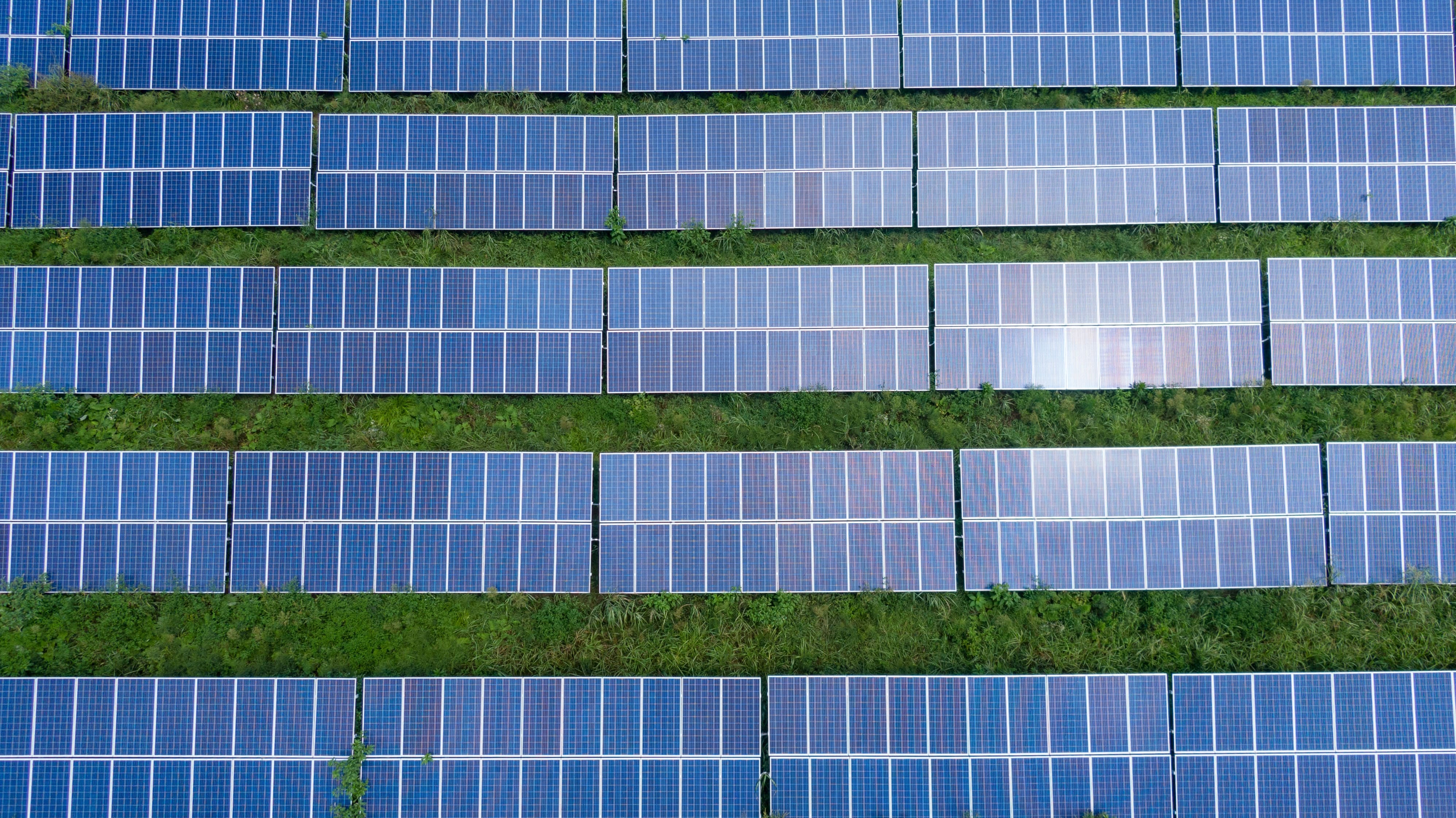There is a growing concern in the world about the effects of climate change, which are also strongly felt in Southeast Asia. There is an increasing need to reduce reliance on carbon-heavy energy production and industrial practices, and to shift to more sustainable development methods, in order to secure sustainable economic growth, reduce poverty and generally increase societal well-being. This gap can be overcome through the use of clean or renewable energy technologies, or cleantech, such as solar, wind, hydro, biomass, biothermal and ocean energy. Cleantech innovation has emerged in the region across various industries, such as energy efficiency, distribution and storage; transportation; information and telecommunication technology; agriculture, water and waste; and chemicals and advanced materials.
Innovation of clean technologies in Southeast Asia has been rapidly developing over the last decade, due to numerous investments in the industry. Mainly driven by rising incomes, industrialisation, and urbanisation, energy demand in Southeast Asian countries is expected to grow by 60% by 2040, and further innovations are needed to meet the growth in demand for energy.
Although cleantech is still a developing industry in the region, it has grown into one of the top largest venture capital investment sectors. As many Asian cities struggle to deal with the effects of climate change, cleantech is steadily providing the solutions that are needed. Several cleantech innovations from Southeast Asia have expanded around the world: from the Cambodian start-up developing agricultural biodigesters to convert organic waste into clean energy and fertiliser, and Filipino companies launching non-incineration technologies for treating solid and infectious medical waste with reduced water contamination, and utilising solar power for post-harvest crop cooling, to Singaporean innovators using sun oriented grid-controls and other IoT (Internet of Things) technologies to support the growth of smart green cities.
Southeast Asia has the highest renewable energy penetration in Asia, on average 45.7%, with Myanmar, the Philippines, and Indonesia leading the way, mainly driven by hydropower and bioenergy. The ten Member States of ASEAN have also set out an ambitious renewable energy target, aiming to achieve a 23% renewable energy share in the energy mix by 2025. As ASEAN is planning to accelerate the energy collaboration between its members and it is reported that decarbonisation, decentralisation, and digitalisation are the main drivers in Southeast Asian energy transitions, there are considerable business opportunities to be taken advantage of.
Source: Medium
Read the full article here
April 14, 2021













